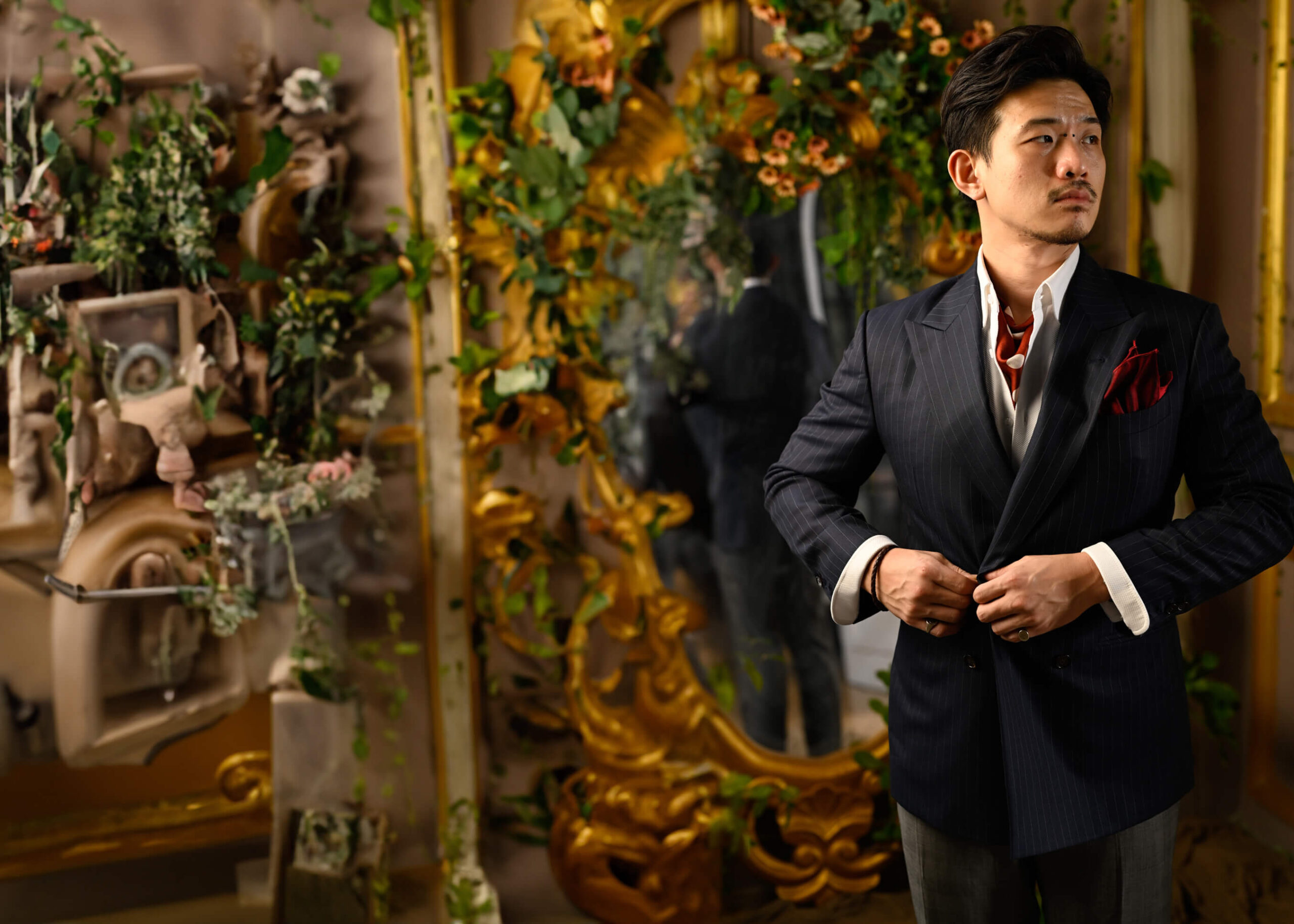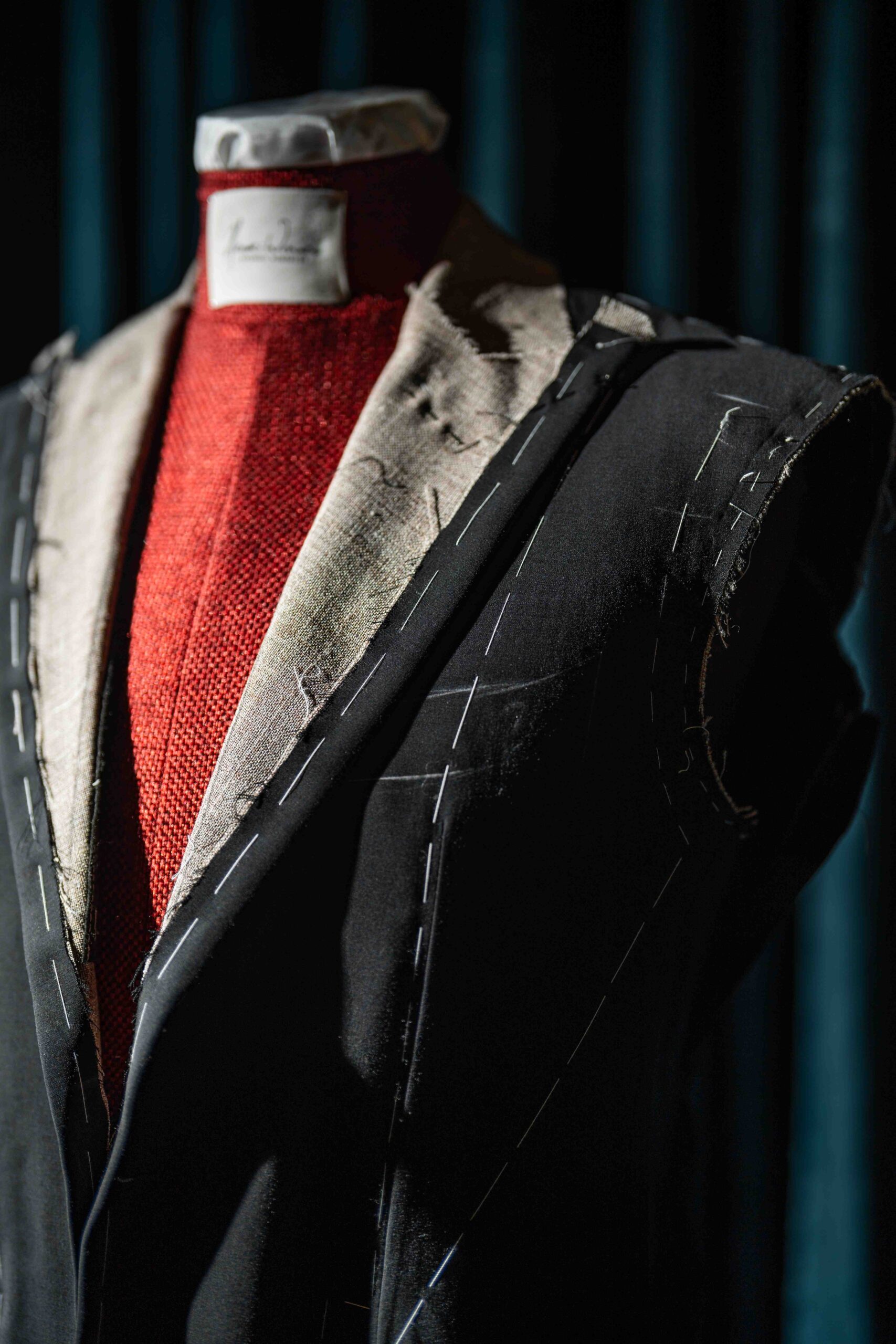Early Career
Henri’s journey in the world of fashion design showcases not only his educational background but also his resilience and strategic thinking in response to the dynamic nature of the industry. Let’s delve deeper into Henri’s transition and the specific elements that defined his shift from streetwear to bespoke fashion. In response to the evolving fashion landscape and market demands, Henri made a strategic career pivot. Rather than persisting in his original goal of entering the streetwear sector, he chose to embark on a different path within the fashion world. This shift in his career trajectory led him into the realm of bespoke fashion.
The bespoke fashion industry is characterized by its personalized and made-to-measure approach, where garments are meticulously crafted to fit each individual’s unique style and body measurements. This decision to specialize in bespoke clothing design reflected Henri’s adaptability and his keen understanding of the fashion industry’s ever-changing nature. In summary, Henri’s educational background and career aspirations in fashion design initially leaned toward streetwear, but he adjusted his course and transitioned into the bespoke fashion sector, demonstrating his flexibility and ability to adapt to the evolving trends and demands of the fashion world.
Henri’s choice to pursue a degree in fashion design from Esmod Jakarta indicates a commitment to formal education in the field. Esmod Jakarta is likely to have provided him with a strong foundation in design principles, garment construction, and the broader aspects of the fashion industry. Specializing in men’s clothing design during his studies suggests a focused interest in a specific niche within the vast world of fashion.
Henri’s passion for the dynamic and trendy streetwear market demonstrates a contemporary and forward-thinking approach. However, the timing of his graduation might not have aligned with the widespread popularity of streetwear as it is today. This scenario presents a common challenge for individuals entering creative industries where trends evolve rapidly.
Recognizing the evolving landscape and market demands, Henri made a strategic decision to pivot his career path. Instead of persisting in his original goal, he demonstrated adaptability and a pragmatic understanding of the industry’s trends and demands. This ability to reassess and redirect his focus is a valuable skill in any profession, particularly in a field as dynamic as fashion.

Henri’s passion for the dynamic and trendy streetwear market demonstrates a contemporary and forward-thinking approach. However, the timing of his graduation might not have aligned with the widespread popularity of streetwear as it is today. This scenario presents a common challenge for individuals entering creative industries where trends evolve rapidly.
Recognizing the evolving landscape and market demands, Henri made a strategic decision to pivot his career path. Instead of persisting in his original goal, he demonstrated adaptability and a pragmatic understanding of the industry’s trends and demands. This ability to reassess and redirect his focus is a valuable skill in any profession, particularly in a field as dynamic as fashion.
Transition to Bespoke Suits
Diving into the world of bespoke, which prioritizes beauty and perfection in every stitch, allowed him to express his creativity and create unique works of art for each client through direct interaction. Direct interaction with clients enables him to design a suit that reflects the unique style and character of each client.
Henri’s entry into the bespoke fashion sector represents a significant shift. Bespoke fashion is characterized by its personalized and made-to-measure approach, emphasizing craftsmanship and individuality. This move showcases Henri’s appreciation for the artistry of fashion and his desire to create unique, tailored pieces that cater to individual preferences and measurements.
Henri’s transition into bespoke fashion highlights his adaptability and deep understanding of the fashion industry. Rather than adhering rigidly to his original career plan, he embraced change and positioned himself in a niche that was both artistically fulfilling and aligned with market demands. This adaptability is a key trait in the fashion industry, where trends, consumer preferences, and market dynamics can shift rapidly.
Henri Winata Bespoke
Henri Winata Bespoke (HWB) has become the ultimate destination for those seeking quality and uniqueness. With measurement techniques, body assessment, material selection, cutting techniques, and craftsmanship that set it apart from other designers, HWB has carved its name in the bespoke industry. The Italian and English measurement systems with 60 measuring points provide a strong foundation, including details such as shoulder angles and front chest width. Body assessment serves as a guide in determining the perfect fit, while the selection of natural materials like wool, silk, linen, cotton, viscose, and cupro forms the basis for unparalleled aesthetics.
Full canvas is the cornerstone of every HWB suit. Utilizing horsehair as the hand-sewn base structure ensures a well-shaped, well-ventilated, durable garment, and, of course, exceptional style. In contrast to typical suits that use fused interlining or half-fused techniques, HWB suits remain flexible and comfortable.
The consultation process at HWB is not just a meeting but a special session to understand the client’s desires. Designers spend 1-3 hours each day detailing every element, from construction methods and material selection to styling and accessory choices like long ties and shoes. Through three fitting sessions over four months, HWB ensures that every detail meets the client’s expectations. In the bespoke concept, body assessment is key. Style is not imposed but understood and tailored to the wearer’s character. Bespoke at HWB fully embraces the client’s preferences while adhering to the fundamental principles of European Tailoring Rules.
Every HWB suit is a unique masterpiece. Handmade stitching and full canvas create special details such as barchetta pockets, slanted pockets, soft shoulders, and viscose/cupro linings, all selected according to the client’s wishes. HWB’s special techniques involve hand-sewn full canvas, setting it apart from others. The use of various body canvas and cutting techniques inspired by British, Italian, French, German, and Japanese traditions, along with the choice of primary materials like British wool, imparts a unique and high-quality character. Classical inspiration is a hallmark of Henri Winata. In the journey of creating bespoke suiting, Henri draws inspiration primarily from Huntsman on Savile Row, London. Client challenges at HWB are a unique attraction. Every client expectation, even if set at 100, is always met by delivering 150, ensuring complete customer satisfaction.

